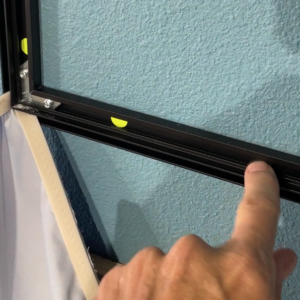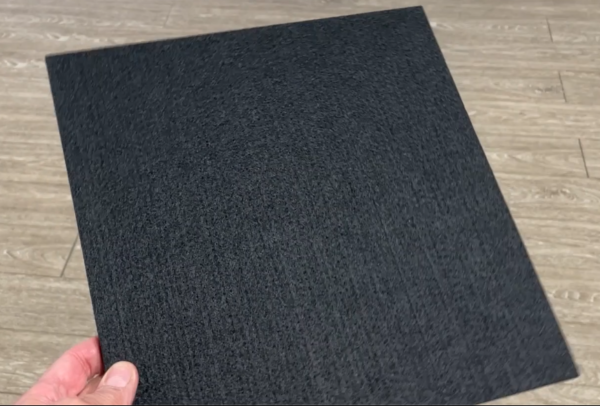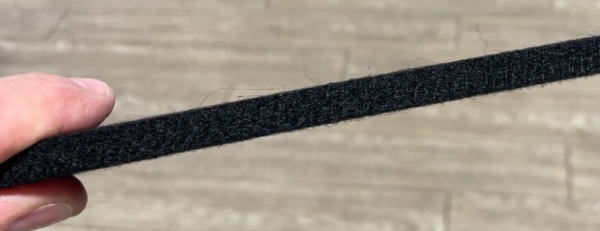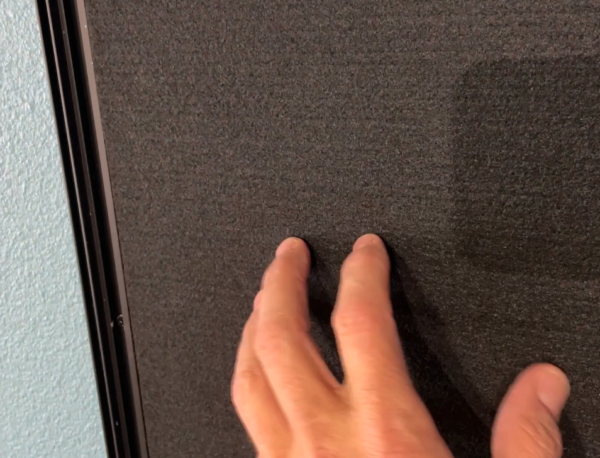If you’re an outdoor retailer, the sun is essential to your shop’s existence—it allows your customers to get outside and pursue their favorite activities. But without proper precautions, the sun can damage your products. Fixture Lab consistently hears the same gripe from clients: storefront windows look great, but the products behind them crack and fade. How can we protect product from UV damage?
You put sunscreen on your skin. Turns out, you should be doing the same for your store.
The Problem

Not a real product:-)
Let’s get science-y for a second (forgive us, actual scientists). We’ll divide sunlight into three crude components: heat, visible light, and ultraviolet radiation (UV). Heat and visible light are easily observable, so we won’t spend too much time on them here. UV, on the other hand, has a shorter wavelength than visible light, so we can’t see it. UV also carries more energy than visible light, which is why you get burnt by the sun, but not the lights in your house. In oversimplified terms, UV degrades materials because its high energy gradually alters chemical bonds. As the bonds break and change, materials fade and become brittle. Some materials (like metal or ceramic) resist these effects, while others—plastics—are likely to be damaged. Just think about sunbaked patio furniture that snaps at the slightest touch. If you’d like more details on the science, we encourage you to check out this article from the magazine UV Solutions.
All three components of sunlight can negatively affect a retail environment. High heat melts fragile products and intense light makes the space uncomfortable for shoppers. UV causes products to crack and fade.
Thankfully, these three elements can be filtered and separated. An insulated window, for example, can keep out heat while letting in light. So, how do we filter for UV?
Solutions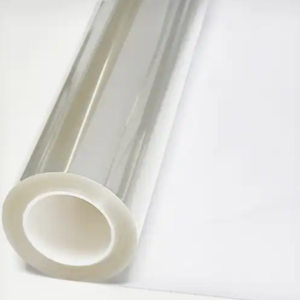
Many manufacturers produce film designed to let in light while blocking UV. The film acts sort of like sunscreen for your store. According to 3M, an industry leader in UV protection, 3M film can “reject up to 78% of solar heat” and “block up to 99% of harmful UV rays.” Plus, these films can be crystal-clear. You can find UV film with a variety of features at many different price points. Pricing per square foot often decreases the more film you buy. These films are accessible to the average consumer on sites like Amazon. They tend to be marketed to homeowners. They’re a great affordable option but may be less durable. These films can cost as little as $0.55 per square foot, depending on the size of the roll.
UV-films can also be a great way to change the look of your windows—whether for privacy or aesthetics. Frosted, tinted, corporate-office-style-mirror… the options are endless. Your local hardware store (Home Depot or Lowe’s) can be a good place to start exploring. These can be a slightly more expensive option, depending on the finish.
Security too!
Many stores—we’re looking at you, bike shops—are interested in preventing theft. Have you ever seen how a shattered car windshield keeps its shape? Films can do the same thing for your store, making it much more difficult to break in. Hardware stores likely carry these options for a slightly higher price ($0.75 and up per square foot)
The most radical option: New glass
Some modern windows have integrated UV protection, so you won’t have to mess with film. If you’re due for some new windows, you might consider factoring UV protection into the budget. Your window supplier/installer should have more information on these options.
Wait, do I really need this?
You may not need UV treatment on all your windows. When calculating your UV protection budget, we recommend that you prioritize windows with the most sun exposure and those in front of the most product. The bathroom window that leads to an alley? Probably not a priority.
There are also handy tools to help you decide which windows to treat first. You might consider purchasing a UV detector to get a better idea of how much UV is going through a particular window. With some luck, your windows might already be treated! The detector is also a good way to periodically check how your window treatment is holding up, since treatments degrade over time.
Installation
So, you’ve determined which windows to treat, and you’ve bought the perfect film. If you’re up for it, you can install the film yourself with minimal tools: you’ll need a tape measure, a marker, a sharp blade and/or scissors, tape, window cleaning product, paper towels, and rubber/plastic scrapers. There’s a wealth of YouTube videos by homeowners and professionals that walk you through the installation process. With some focus and patience, you can treat your windows over the weekend—and save quite a bit of money!
If you’d rather not mess with installing films, professional services would be happy to install the films for you. The cost will depend on the surface are of the window(s) you want protected, among other factors. An online quote calculator can help you get a better idea of the price tag. To give you a rough idea, one window film installer estimates that 3M film installation will cost between $5 to $12 dollars per square foot, depending on the film quality and quantity.


